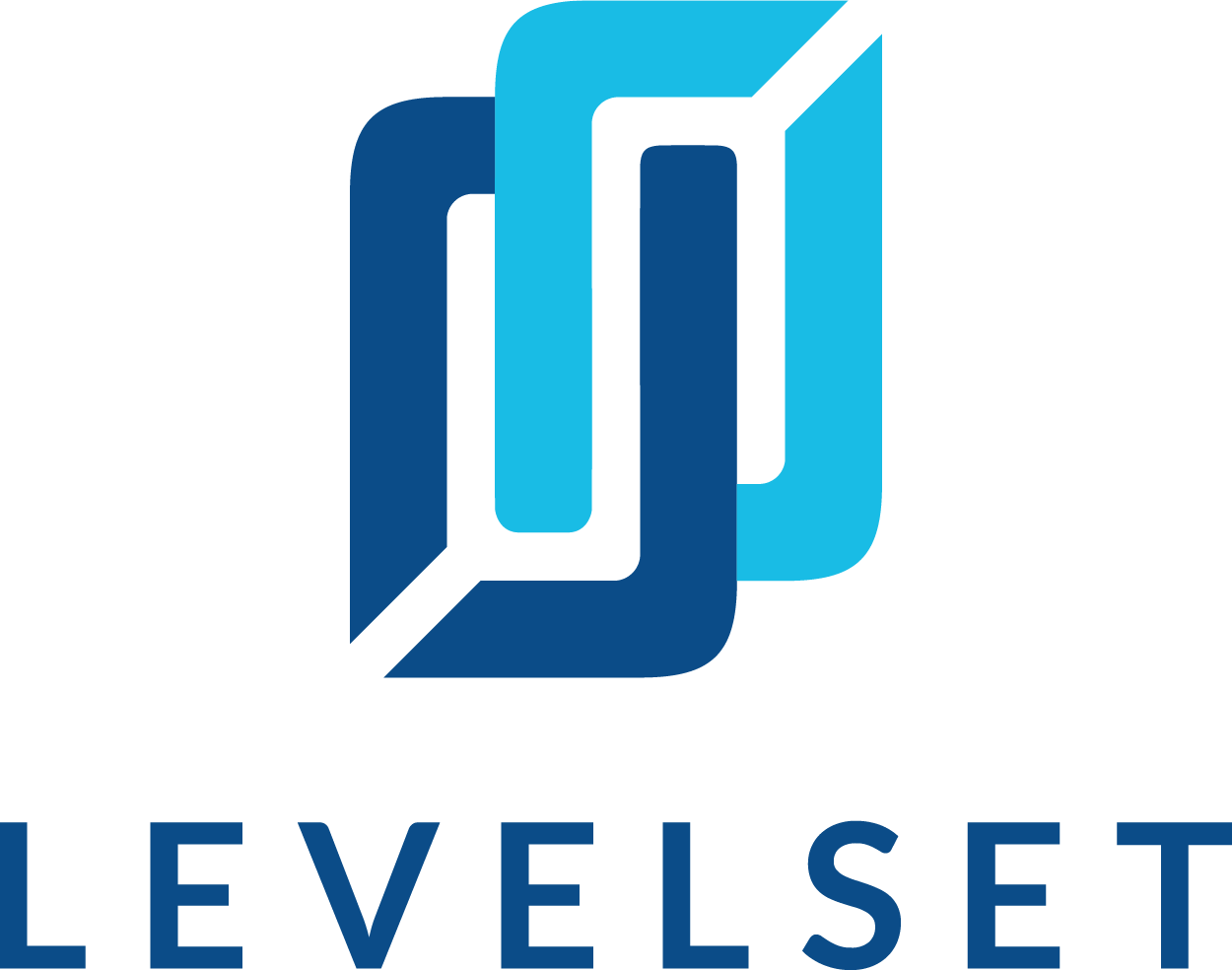
Dealing with strict deadlines is a huge part of navigating mechanics lien and payment bond claims. These deadlines can be triggered by different dates and other project milestones such as the project completion date, which is one of the most significant dates on any construction project since so many payment deadlines are calculated based on this pivotal milestone.
But unfortunately, there’s still room for interpretation (and confusion) on seemingly black and white rules. That’s the case in the state of Georgia regarding the completion date for public projects. In this post, we’ll answer the question of when a public construction project in the state of Georgia is considered to be “complete.”
When Are Georgia Public Projects Actually “Complete”?
Let’s first take a look at the requirements involved in making a payment bond claim for a Georgia public project. The good news is that the protection is broad: those supplying labor and materials to the GC, to a first-tier or second-tier subcontractor, or to another supplier are allowed to make bond claims. The initial bond claim must be sent to the GC within 90 days after a claimant’s last furnishing of labor or materials.
While a claim doesn’t have to be sent to the surety, it’s a good idea to get the surety involved anyway, as this tends to speed up payments.
If payment is still not made after the bond claim has been submitted, a Georgia claimant can file a lawsuit, but the suit must be filed more than 90 days after the claimant’s last delivery of labor/materials to the project, and less than 1 year from the project’s completion as a whole.
Learn more about public project payment: How to Get Paid on Georgia Public Projects
Free Resource – Payment Rights Advisor
Whether it’s notices, bond claims, or mechanics liens, there are strict deadlines associated with EVERY document used in construction payment. Don’t lose your rights because of a missed deadline! Use our free Payment Rights Advisor to find out your deadlines and stay ahead of your payment rights.
So, what constitutes a project’s “completion?” That’s a good question! A recent Georgia case contemplated this exact topic – let’s take a look.
A brief overview of the case:
The project in question was deemed “substantially” complete in 2010 and a punch list was created. By 2012, that punch list had been taken care of, and the public authority took over the project and its maintenance from the general contractor.
After it took the project over, it took the public authority another two years for certification and to perform materials testing. When the public authority was finally ready to completely close out the project in 2014, an unpaid material supplier filed suit against the general contractor’s payment bond.
As you’ll recall from the above paragraph, a Georgia claimant must file suit within 1 year from the project’s completion. So, at what point was the project complete?
The Ruling
On the one hand, the claimant contended that “completion” meant that the project was accepted in writing and that the project was complete, wholly into the hands of the public authority. They argued “completion” under the Georgia Little Miller Act occurred in 2014 when written acceptance was made.
On the other hand, the surety argued that the project was “completed,” for the purposes of triggering a bond claim deadline when the project was accepted by the public entity and the GC’s duties were complete. This would put the “completion” date in 2012 – two years before the eventual suit was filed.
So who’d the court agree with?
The court found that “completion” occurred when the GC had fulfilled its duties to the public authority with the completion of the punch list in 2012, even though written acceptance and complete project closeout didn’t occur until years later.
In fact, the court went so far as to say that substantial completion, prior to the punch list work, triggered the deadline to file suit against the bond. I guess that should come as little surprise — punch list work doesn’t count for extended mechanics lien deadlines, either.
Takeaway
There are actually two takeaways here.
First, the easy one: for Georgia public projects, claimants should probably base their deadline off of the substantial completion of the project. Worst case scenario, the claim is filed a little earlier than necessary. Here, because the claimant rolled the dice, they ended up spending a mountain of cash on litigation and their efforts were all for naught.
That idea leads us to the second takeaway — remain proactive and vigilant about lien and bond rights! Mechanics lien laws and Little Miller Acts are there for a reason. Sure, we all yearn for a time when a handshake deal was enough to ensure payment. Unfortunately, that doesn’t seem to be the case anymore.
In today’s construction payment climate, proactively nipping problems in the bud through clear communication and transparency is the best way to avoid payment disputes reaching the courts. If that doesn’t work, mechanics lien rights and payment bond claims are there to enforce payment.

